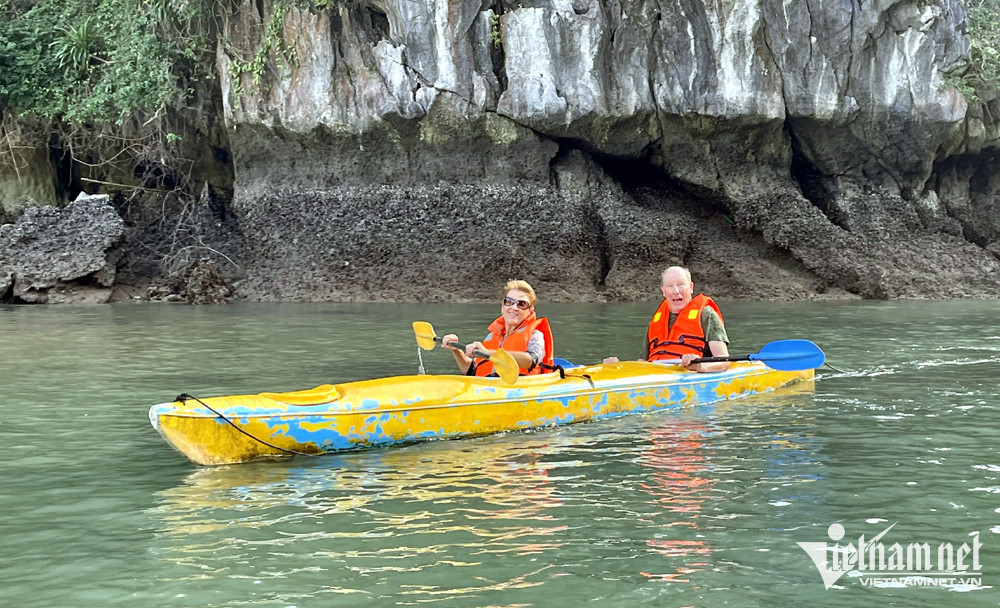
After nine months of reopening, the tourism sector has gained considerable achievements, but many goals, including a plan to receive 5 million foreign travelers, were unattainable.
Performance in 2023 will depend on adaptability and capability to apply solutions to the new trends in the tourism industry.
Solo travel and travel in small groups, which began developing rapidly in 2014-2015, became the major trend in 2022 and is believed to become an important trend in the years to come.
Individuals and self-guided small groups will care more for personal experiences and tours designed specifically for them.
Bleisure was a trend that appeared before Covid-19. Travelers on business tended to extend their stay for short trips. A survey by Expedia in 2018 showed that resort travelers make more than six business trips per annum and more than 60 percent of business trips are extended for that purpose.
Sixty percent of business trips in the US were combined with leisure elements, up from 43 percent in 2016. The rising global airfares in the post-Covid era of expensive fuels underpin this trend.
Digital nomadism and working from a distance is also part of the trend, as there are many people willing to work from offices to beaches to quiet forests.
The percentage of people working from a distance for a long time will require changes in the tourism sector, from internet-connected utilities to F&B services suitable to the community. The working spaces in hotel rooms will also be important for travelers.
Personalizing experiences and digitizing services are other tendencies on the rise. Travelers now don’t depend much on tourism and booking agents, as online apps such as Google Flights allow them to seek travel solutions easily with more reasonable costs.
They are also more interested in seeking accommodation solutions associated with local people and services that are well reviewed by previous travelers.
Digital and contactless services have become more common since 2020, while customer-oriented services are being transformed by broader use of tech support options -- for example, mobile registration, contactless payment, voice control and biometrics.
Face recognition and fingerprints will be used more in hotel rooms.
The need to personalize experiences also means that customers not only expect emails to be delivered with their own names, but also that local experiences be tailored to each individual's needs.
With solo travel, food services with a local identity and tourism services will be favorites. And local culture and adventure tourism will be an important part.
Customers will demand both extreme personalization and unique experiences. This is likely to lead to the death of tourism agencies and the strong rise of independent tourists.
Tourists are spending money in a smart way, with reasonable purposes which bring benefits to local communities.
A recent survey by Envoy showed that travelers in 2022 tend to have longer holidays, 5-7 nights instead of 3.8 nights in 2020 and 2021.
Higher airfares prompt travelers to extend holidays, to book holidays more in advance.
Around 59 percent of travelers said they plan holidays 2-5 months in advance (it was under 2 months in 2020 and 2021). The demand for longer holidays will increase as there are more opportunities for jobs from a distance in many fields.
Staycations also developed rapidly, especially after the pandemic and the worries about recession. Travelers tend to choose destinations near their residences. Domestic travel therefore will be a growing trend.
Pham Quang Vinh